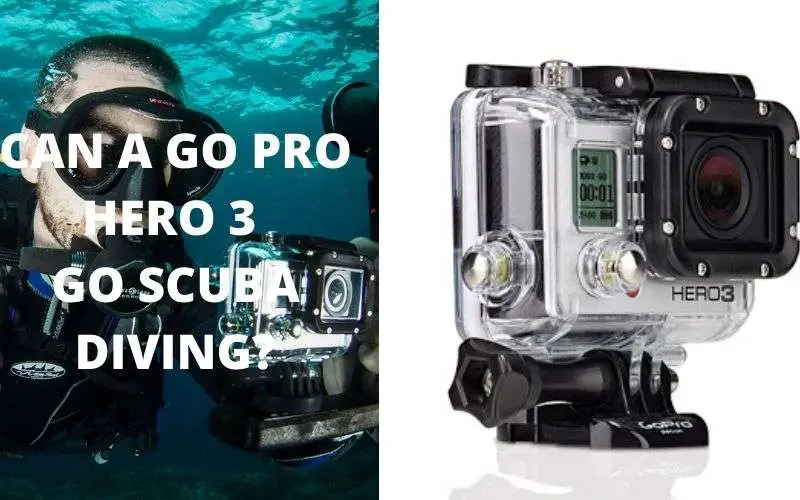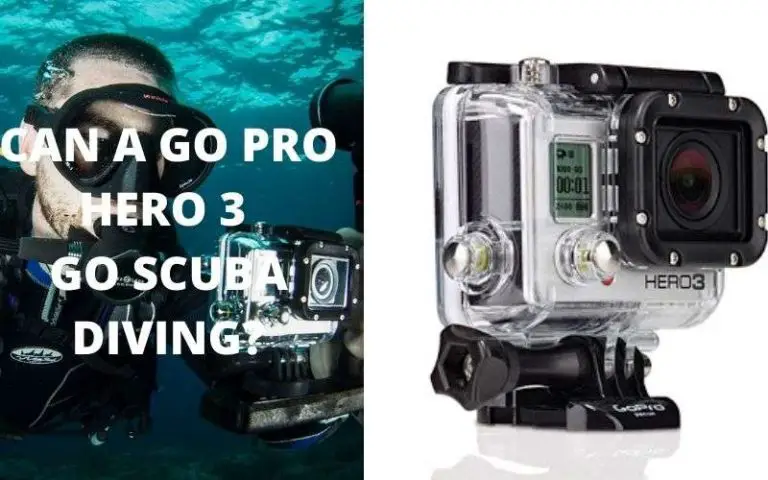
Whiplash, a common injury resulting from sudden, jolting movements, often seen in car accidents or sports mishaps, can be a real pain in the neck – quite literally. This injury wreaks havoc on the delicate soft tissues of the neck, leading to pain, inflammation, and restricted mobility.
The burning question for those grappling with whiplash is, “Can swimming help or hinder the healing process?”
Contrary to what you might assume, swimming, a low-impact exercise, can be a beacon of hope for individuals dealing with whiplash. The inherent buoyancy of water offers respite to your neck and spine, alleviating their burden. The gentle, rhythmic motions and stretches inherent to swimming can enhance flexibility and range of motion.
However, before diving into the pool, it’s imperative to consult your physician or healthcare provider for tailored advice.
In the forthcoming sections, we will explore the intricacies of using swimming as a tool for whiplash rehabilitation.
We’ll uncover the swimming techniques that can aid recovery and pinpoint movements to avoid, ensuring a smoother healing journey.
Demystifying Whiplash

Whiplash is the result of a sudden and forceful back-and-forth movement of the neck, commonly witnessed during car accidents or high-impact sporting events. This abrupt motion spells trouble for the muscles, ligaments, and other soft tissues in your neck.
Following a whiplash injury, you may experience a gamut of symptoms, from neck pain and stiffness to restricted movement. It’s not uncommon for discomfort to radiate to your head, shoulders, or arms, often accompanied by frequent headaches.
The silver lining is that most individuals recover from whiplash within a few weeks. However, the pace of recovery hinges on the injury’s severity. In some cases, the aftermath might include enduring complications like chronic neck pain or emotional distress.
Car accidents top the charts as whiplash triggers, but this injury can rear its head in other scenarios involving intense physical movements. What’s more, symptoms may not manifest immediately post-impact; sometimes, they lay dormant for several hours or days before roaring to life.
Swimming Strategies for Whiplash Rehabilitation
Swimming can be a boon for those on the road to whiplash recovery, provided they adhere to proper technique and steer clear of movements that may exacerbate their condition. In the following section, we’ll offer insights into swimming tips tailored for whiplash rehabilitation:
- Methodical Warm-Up: Commence your swimming session with a gentle warm-up that includes neck and shoulder stretches. Gradually ease into the water to acclimatize your muscles and tendons.
- Breathing Rhythm: Pay heed to your breathing; maintain a steady, unhurried rhythm. This not only keeps your focus intact but also prevents overexertion.
- Neutral Head Position: Keep your head in a neutral position, preventing unnecessary tilting or bending of your neck. When turning your head to breathe, employ your shoulders instead of your neck. Maintain relaxed shoulders and lead with the less tender or painful side of your body during rotations.
- Strokes that Minimize Neck Movement: Opt for swimming strokes that minimize neck movement. Backstroke is a suitable choice since it allows you to keep your head relatively still. Alternatively, freestyle with a snorkel ensures your head remains submerged and aligned with your spine throughout the stroke.
- Incorporate Neck and Shoulder Stretches: Utilize moments of floating on your back to execute gentle neck and shoulder stretches. Support your head with your hands as you gently pivot it from side to side or reach your hand to the opposite shoulder to stretch your neck. These unassuming stretches can amplify your range of motion and alleviate whiplash-related discomfort.
- Dive with Caution: Diving or jumping should be approached with caution. Use stairs or a ladder to ease yourself into the water, safeguarding your neck during entry and exit.
- Attuned to Body Signals: Above all, be in tune with your body. If you experience pain or discomfort while swimming, heed these signals. Adjust your technique or take breaks as necessary to prevent overexertion or aggravating your condition. Remember, whiplash recovery demands patience and gradual progress.
These swimming techniques and modifications can gradually bolster your neck muscles and expand your range of motion. However, it is paramount to consult your healthcare provider before embarking on any new exercise regimen, particularly if you’re convalescing from a whiplash injury.
When to Wave the White Flag on Swimming During Whiplash Rehabilitation

Your swimming regimen for whiplash rehab should cease if you encounter any of the following symptoms:
- Increased pain, stiffness, or inflammation in your neck, shoulder, or arm.
- Diminished range of motion in your neck.
- Numbness, tingling, or weakness in your arm or hand.
- Dizziness, nausea, or blurred vision.
- Difficulty swallowing or breathing.
These symptoms may signal overexertion or the potential exacerbation of your injury. Should any of these red flags emerge, consult your physician or physical therapist at the earliest opportunity.
On the flip side, if your swimming sessions are pain-free and comfortable, you may continue your whiplash rehabilitation through swimming.
Frequently Asked Questions
Can Swimming Alleviate Whiplash Symptoms?
Swimming can be a valuable form of exercise for individuals in the throes of whiplash recovery. Its gentle, low-impact movements can help alleviate neck pain and stiffness while enhancing range of motion.
The warm pool water further aids in muscle relaxation and healing. However, the impact on your injury depends on its severity and your adherence to correct swimming techniques. When in doubt, consult your healthcare provider before swimming with whiplash.
Which Swimming Styles Are Most Suitable for Whiplash?
While recuperating from whiplash, prioritize swimming styles that minimize strain on your neck and spine. Backstroke and freestyle with a snorkel are the gentlest choices, as they entail minimal head and neck rotation.
Conversely, avoid butterfly and breaststroke, as these styles involve more intense neck movements and might exacerbate your symptoms.
How Soon After a Whiplash Injury Can I Begin Swimming?
It’s prudent to consult your healthcare professional before initiating any exercise regimen, particularly when convalescing from a whiplash injury.
The timeline for resuming swimming varies depending on the severity of your injury and your individual progress. Your healthcare provider can provide personalized guidance, ensuring a safe return to swimming.
Conclusion
In the realm of whiplash recovery, the soothing embrace of water in a swimming pool can serve as a powerful ally. Whiplash, with its lingering pain and stiffness, can leave you feeling immobilized, but swimming offers a path toward rejuvenation.
As we conclude this comprehensive exploration of swimming’s role in whiplash rehabilitation, it’s essential to underscore some key takeaways.
Whiplash, often stemming from sudden and forceful neck movements, can lead to a range of discomforts, from neck pain to reduced mobility. However, the majority of individuals navigate their way to recovery within a matter of weeks, with varying degrees of severity. The journey back to health demands patience, care, and, most importantly, well-informed choices.












